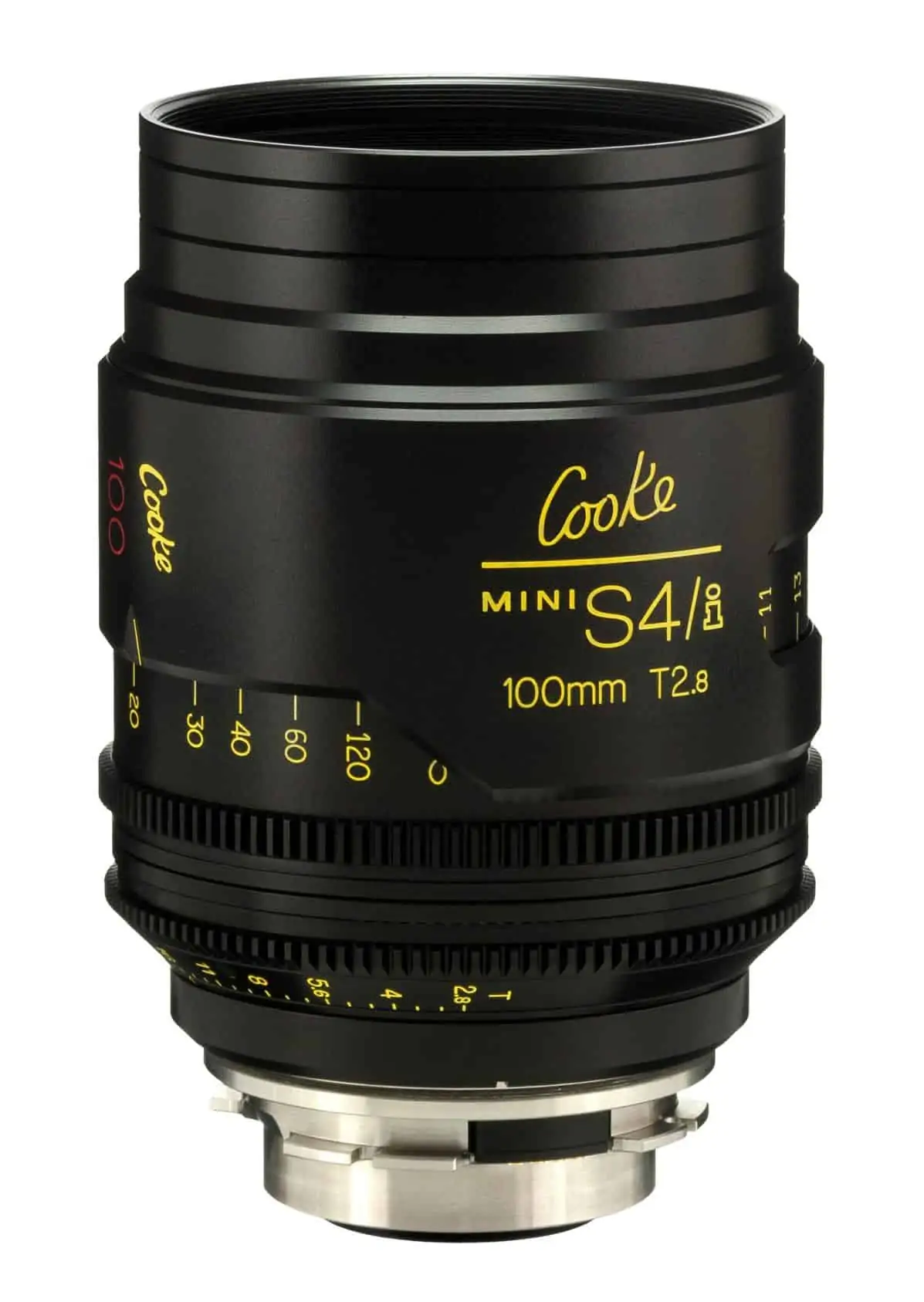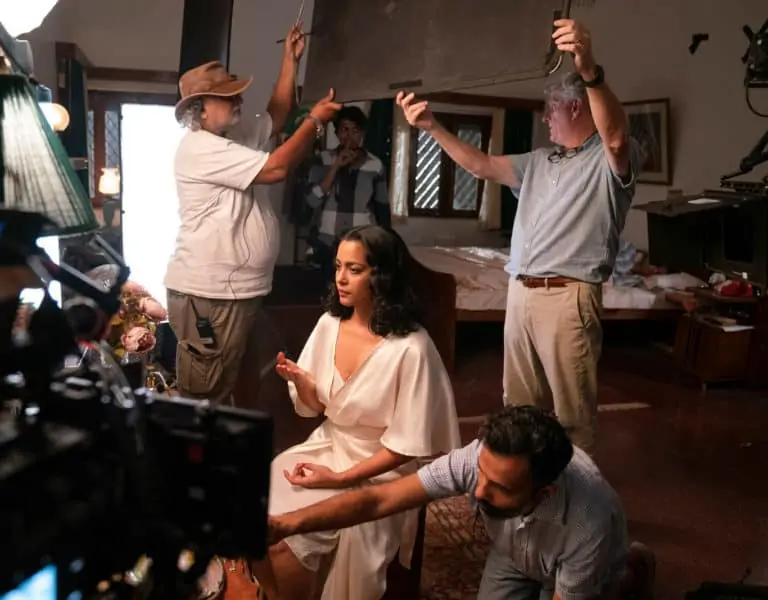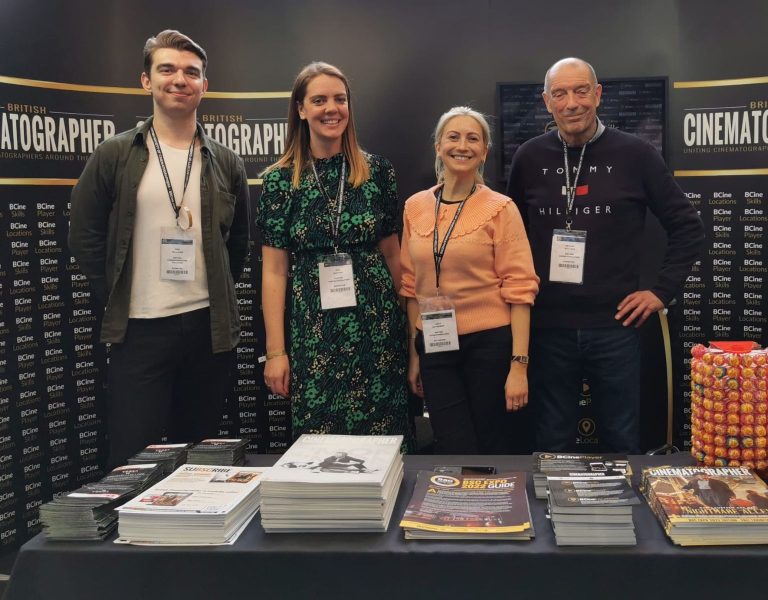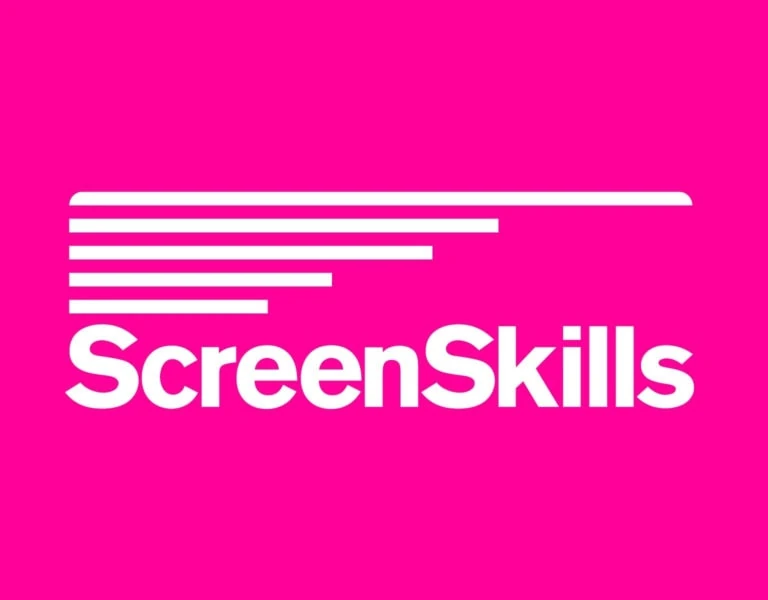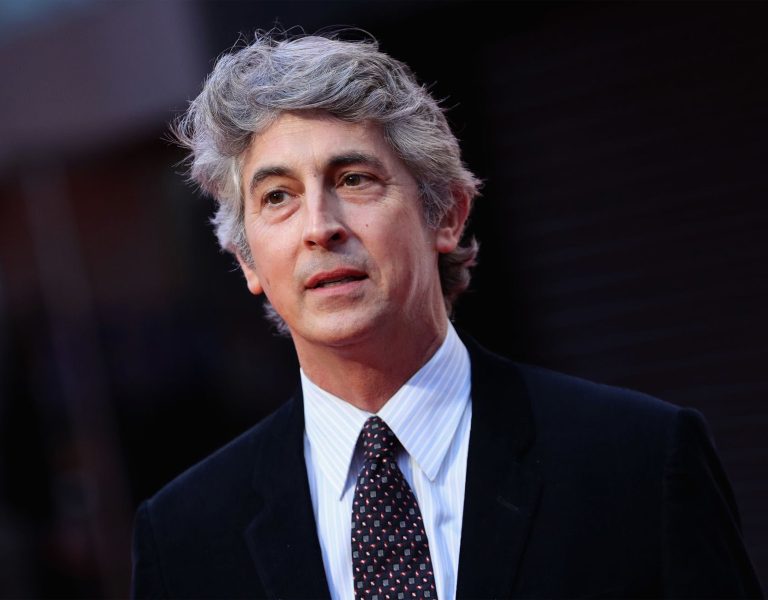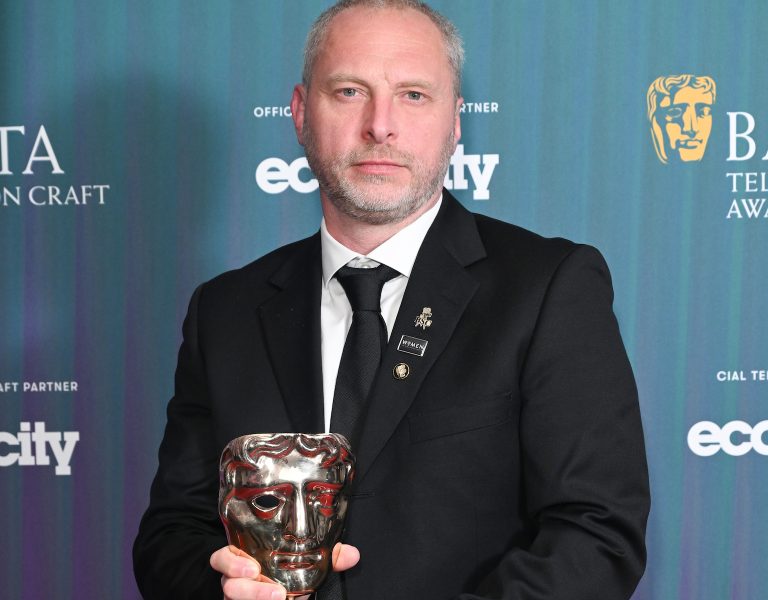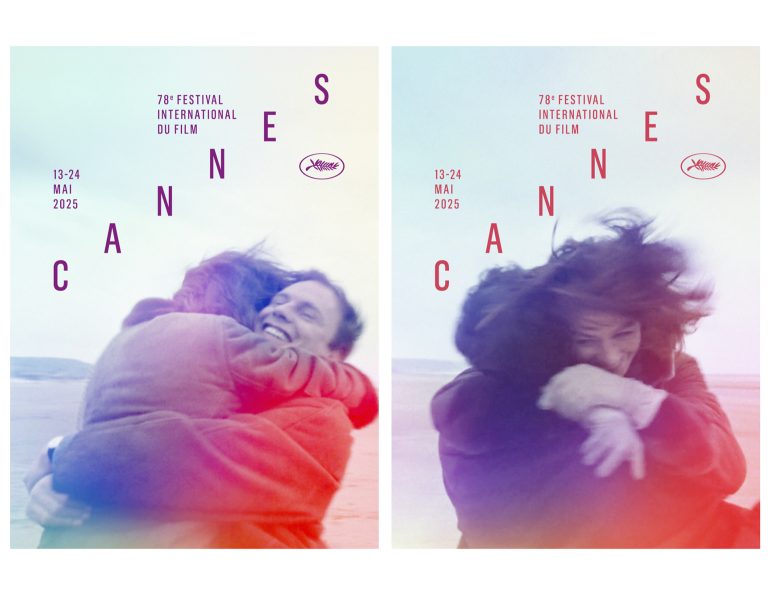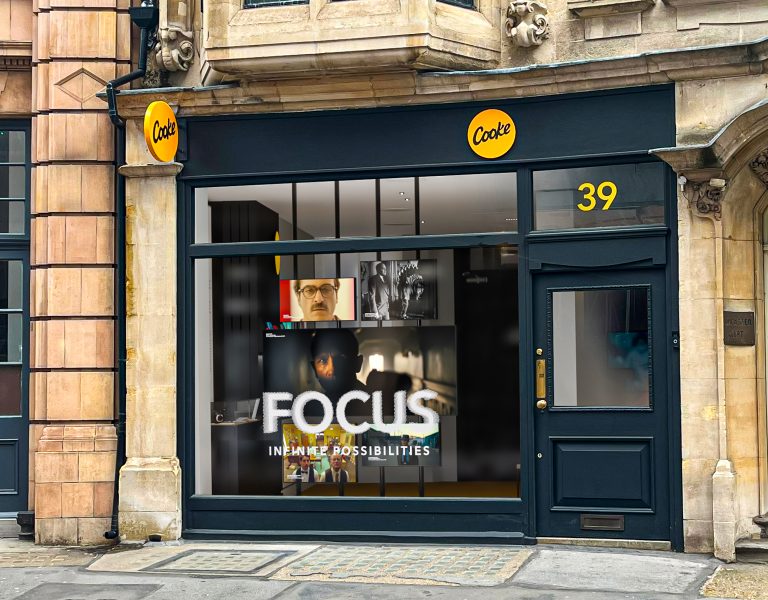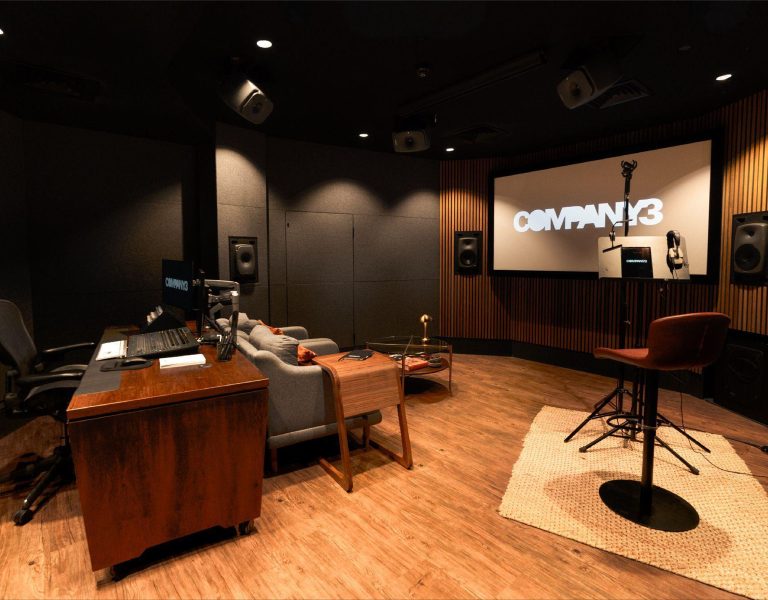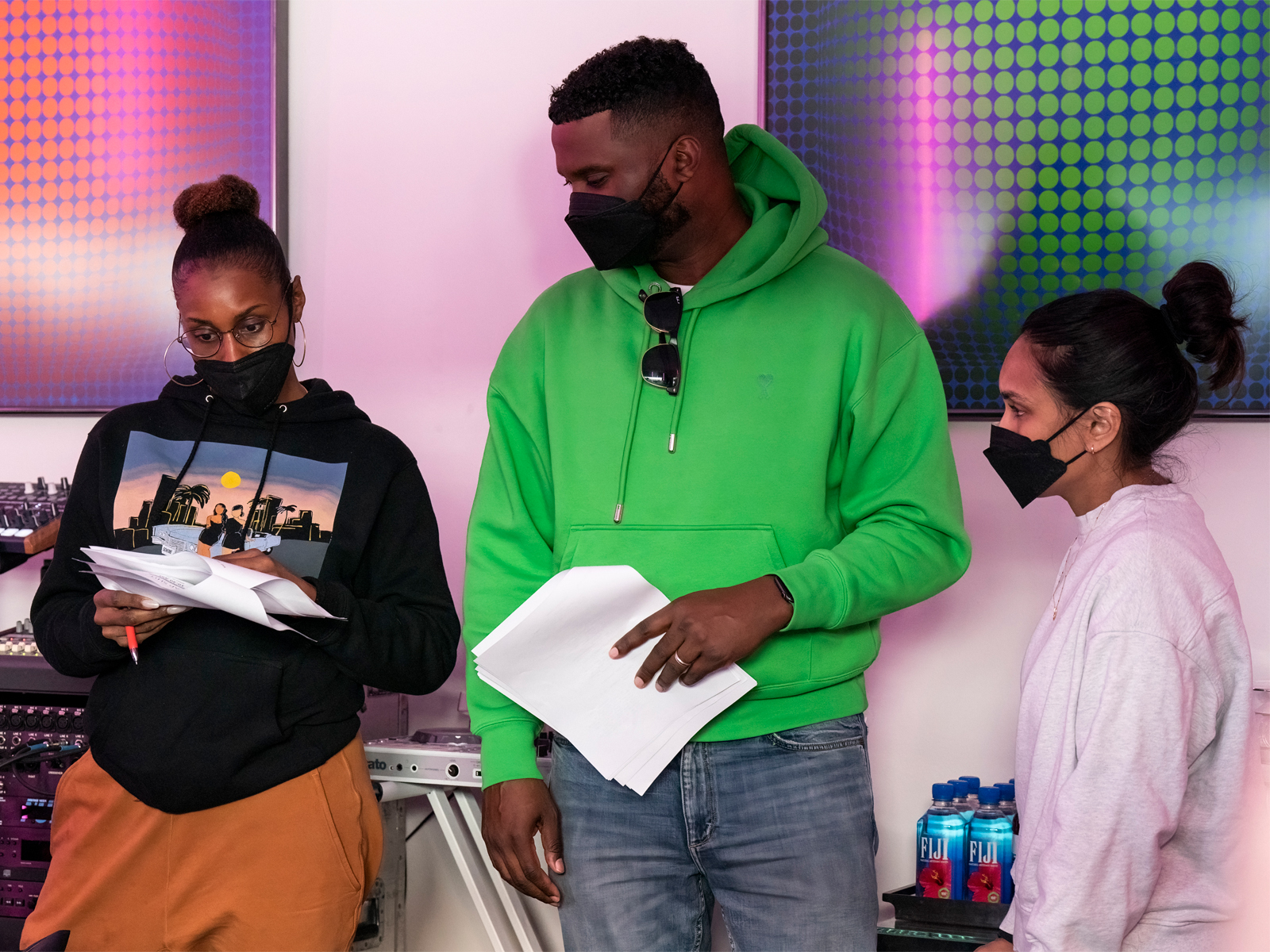
Typically, when a series wants to change its look from its first season to its second, there’s a prime consideration that the cinematographer has to take into account: What do you take from the first season and what do you do new for the second?
That was where cinematographer Eric Branco found himself with having to set the look for the second season of the Max series Rap Sh!t. Coincidently, he had watched season 1 and loved it, so when his agent called to see if he was interested in changing up the look for season 2, he was all for it.
One of his most significant changes was with lenses, moving the production to the Cooke® Optics Panchro/i Classic FF for two ARRI ALEXA Mini LF cameras shooting 4K for Max, with everything supplied by boutique camera rental house BECiNE in Los Angeles – a place that hosts events where filmmakers can play with the latest cameras and lenses and ask questions.
“Although I’ve used Cooke lenses many times, I’ve never used these lenses,” said Branco. “Moira Morel, who I shared DP duties with – and who provided input to the look for the first few episodes – had used them before and thought they would be great to handle the show. We did our lens tests with the Cooke Panchro® Classics, another Cooke lens range and lenses from other manufacturers and found that the Panchros gave us the most cosmetic and flattering look. Plus, with Cooke, you know that the colour rendition is going to be fantastic and that you’re going to get great skin tones to do justice to the actors and make them look great.”
BECiNE supplied Rap Sh!t with a set of 11 Panchro/i Classic FF primes: 21mm, 25mm, 27mm, 32mm, 40mm, 50mm, 65mm MACRO, 75mm, 100mm, 135mm and 152mm. The primary lenses used by Branco were the 40mm and 65mm MACRO as a standard 65mm.
Rap Sh!t is the story of a female rap group from outside of Miami trying to make it in the music industry. According to Branco, season 1 relied heavily on seeing characters through phones – FaceTime and Instagram – as the group was forming in Miami. Season 2 would have the group on tour, leaving Miami and the environment the characters were used to and experiencing new things.
“This was an interesting challenge that I never had before,” said Branco. “For season 2, I wanted to move away from the phone aesthetic, but keep the energy that the phone brought to the show,” said Branco. “I pulled stills from season 1 as a reference while shooting the first couple of episodes of season 2. Then diverged more as we moved to new locations. My goal was to maintain the look and feel of the lighting, but move the cameras differently, so that it would be familiar to the audience. I decided to shoot almost the entire season handheld, so we blocked a lot of scenes with characters – and cameras – moving through different spaces.”
While season 2 would see a fair number of changes, one of the constants was colourist Aurora Gordon. “I liked her work on season 1, so we kept her for season 2,” explained Branco. “This was perfect because I typically like to find my colourist early, and there she was. I will shoot some test material either on the camera and lenses we’ve finalized on, or a bunch of cameras and lenses if we haven’t decided yet to share with the colourist. But that testing is a controlled environment. You’re matching skin tones with stand-ins and you build off that…but it’s very clinical. As we moved through the pipeline to lighting, hair, costume and makeup tests with the main cast, Aurora tweaked our LUTs. For pre-production and some of the first days of shooting, the look can be very fluid: Can we do this? Can we change that? So back to the colourist it goes to update the LUTs.”
As a general rule, Branco uses a lot of tungsten lighting, especially for keys. But as the season moves away from Miami – which is very warm – to go on tour, he moved away from tungsten to more artificial fluorescent and LEDs as the characters leave their comfort zone, leaning into pinks for the look of the tour. Additionally, Branco uses muslin bounces to eliminate any hot spots on dark skin. Plus, as he says, the audience doesn’t know where the light is coming from.
The biggest lighting challenge from scheduling to logistics was the big concert that opens up the tour shot in a real theater in downtown Los Angeles – a day to load, a day to shoot, a day to rap. Branco’s gaffer, Theodore Rysz III, whom he worked with previously, modelled the location in 3D. That gave rigging lighting programmer Joshua Lowenstein the ability to place cameras where they were going to be and to “see” what their look would be.
The Cooke Look® would be something that Branco would rely on to capture the images he was looking for with specific lighting: “Whenever we’re in a darker environment, with one strong source, the Cookes shine the best. We had a few locations that were very dark, but the Cooke’s falloff from warmth into darkness is just beautiful.”
Branco would use Cooke’s /i® Technology lens metadata on set for monitoring, but also found it extremely useful in editing. “There’s no need to go to the camera reports. I have the lens and the f-stop information embedded in the monitor feed and rather than going to the camera reports to find that information, I can just look at a frame grab from the day. It’s all right on my phone now, which is great.”
Branco’s big wish for season 2 of Rap Sh!t is simple: “I hope people watch it and love it.”

